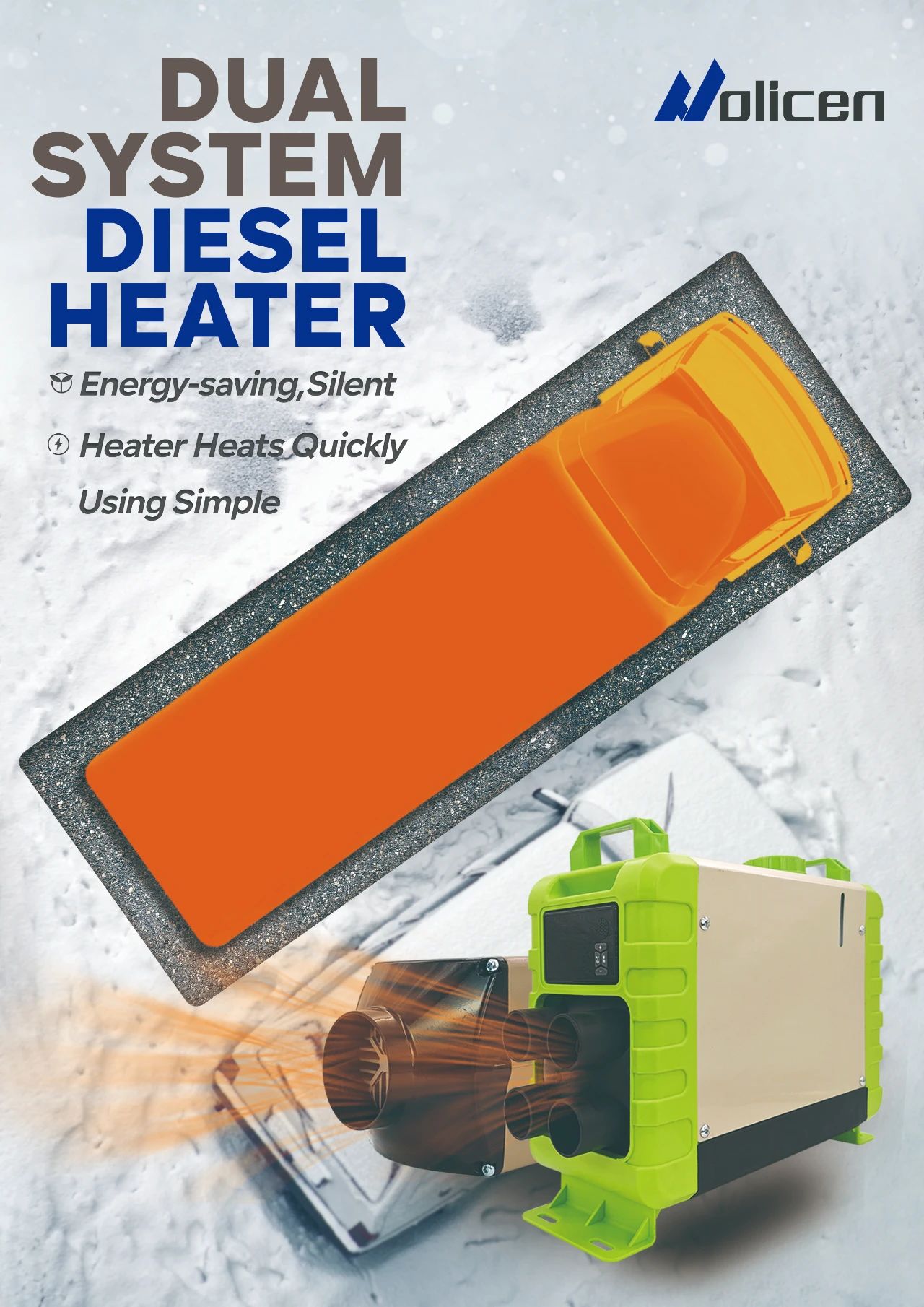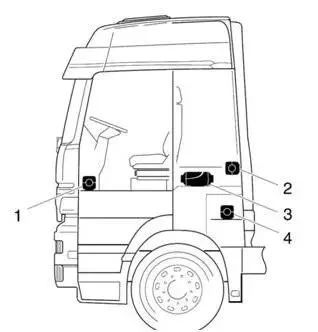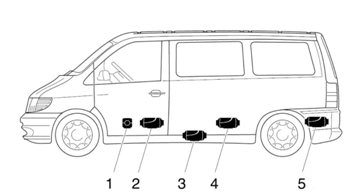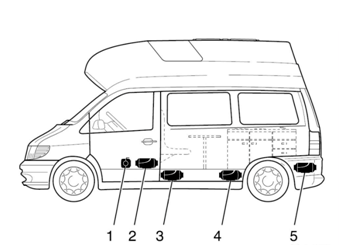As the weather cools down, have you prepared your parking heater?
With November here, temperatures are dropping across the country, especially in the severe winter conditions of the north, where it can reach as low as -10°C or even -20°C. After a night outside, the car can feel like an icebox, with frost even covering the windshield. A parking heater preheats the engine before it starts, providing a constant temperature for the vehicle, ensuring a warm and comfortable interior.
Parking Heater Selection Guide
A parking heater is an in-vehicle heating device that operates independently of the car engine. It provides pre-heating for the engine and cabin in cold winter conditions, improving engine start-up performance and cabin comfort.
Parking heaters are generally categorized by heating medium (water-based heaters and air-based heaters), by fuel type (gasoline heaters and diesel heaters), and by design (integrated units and split units).
Typically, diesel air heaters are preferred for large trucks and construction machinery, while gasoline water heaters are more common for family cars.
Advantages of Holicen Parking Heater
High Power, Low Fuel Consumption
With 8000W heating power, this model saves up to 30% more fuel compared to the previous generation. Over a month and a half of use, the fuel savings can essentially cover the cost of the heater itself.
Independently Developed, Precision-Cast Aluminum Body
Thickened metal casing for durability, with meticulous attention to internal structure for even heat dissipation, fast thermal conductivity, and aging resistance.
Smart Chip for Safe, Worry-Free Operation
Control from up to 200 meters away with a single button for a comfortable journey. LCD display and voice prompts provide real-time monitoring, with an adjustable temperature range automatically maintained between 18-35°C.
Quiet Mode for Stable, Low-Noise Operation
Unique low-noise mode ensures long-term stable operation at low decibels, highly impact-resistant, and perfect for uninterrupted rest and work.
Recommended Heater Installation Locations
Truck: The heater can be installed in the footwell of the passenger side, behind the rear wall of the cabin, under the driver’s seat, or in the toolbox.
Sedan, Van, or Large Passenger Bus: Ideally, the heater should be installed in the passenger compartment or the trunk. If this is not possible, it can be mounted underneath the vehicle chassis, with proper protection against water splashes.
Installation Locations in an RV: The heater can be placed in the passenger footwell, between the driver and passenger seats, under the RV chassis, or beneath the storage compartment.
Construction Machinery: The heater can be installed inside the driver’s seat compartment, on the rear arm of the cabin, or in a protective box.
Heater installation precautions
- After the initial installation of the heater, ensure that all air is removed from the fuel line to fully fill the fuel pipe.
- Before using the heater, carefully inspect all circuits and connections for leaks and safety. If there is unusual prolonged smoke, noise during combustion, or a fuel smell, turn off the heater immediately.
- Before each heating season, inspect and perform the following maintenance:If the parking heater is not used for an extended period, run it once a month for at least 10 minutes to prevent mechanical issues.
-
- A) Check for corrosion or loose connections in the wiring.
- B) Ensure the air intake and exhaust pipes are not blocked or damaged.
- C) Check for any fuel line leaks.
- The heater’s air intake and exhaust vents must remain free of obstructions and debris to keep the air ducts clear and avoid overheating.
- When connecting the power, ensure the heater’s positive power cable is taken from the battery and properly grounded to protect the controller.
- Generally, the heater is installed near the driver’s cabin. Position the exhaust pipe as far from the cabin as possible to avoid carbon monoxide from entering, and direct the exhaust outlet towards the rear to prevent harmful gases from blowing into the cabin.
- When using the heater, always leave a window slightly open to allow fresh air circulation and prevent carbon monoxide buildup.
Post time: Nov-15-2024




